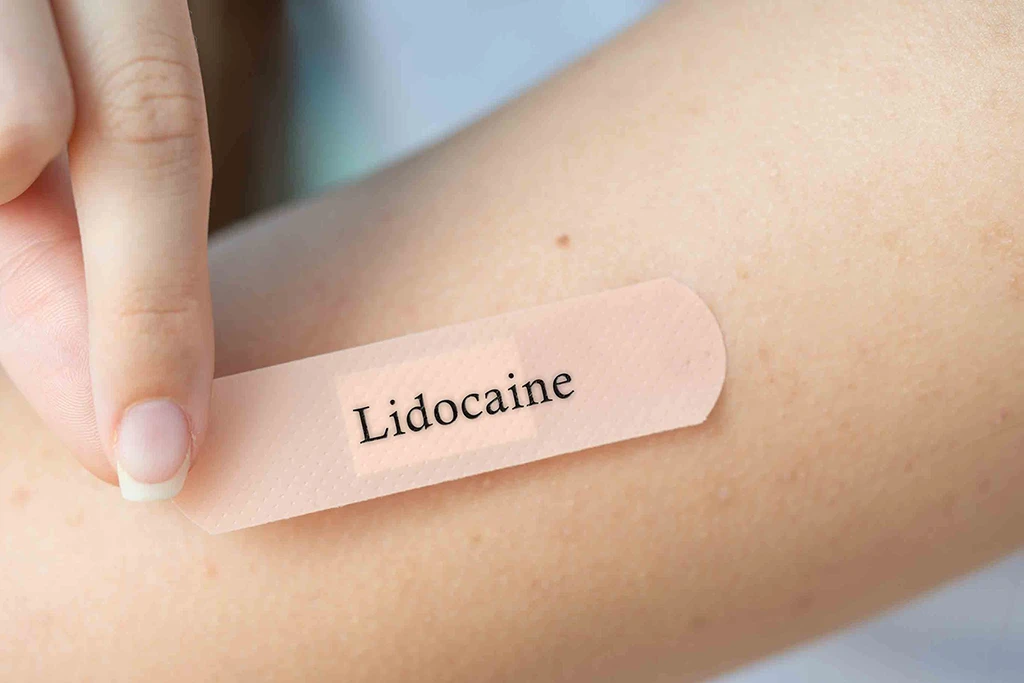Lidocaine is a local anesthetic that numbs a specific area during dental procedures and minor treatments. It allows you to remain awake while pain free. In simple terms, lidocaine works because it works by blocking sodium channels in nerves, blocking nerve signals from reaching your brain. That temporary block creates a numbing effect so you don’t feel pain in the treated spot.
Blog
Zinc L-carnosine (ZnC) is a unique compound formed by chelating the mineral zinc with the dipeptide L-carnosine. Zinc L-carnosine is sold under the brand name PepZin GI® (Hamari Chemicals). Researchers in Japan developed this patented complex to support stomach lining health.
ZnC is studied as a dietary supplement that supports digestive health and gut lining repair. It combines zinc, which repairs cells, with carnosine, which protects tissues. Together, they maintain and heal the gastrointestinal (GI) mucosa.
What Is Prebiotic Soda?
Consumers are moving from sugary sodas to drinks that offer more than flavor. One of the most popular options to emerge is the fiber-infused functional beverage often called prebiotic soda.
Unlike common soft drinks, these beverages support gut health. Instead of relying on artificial sweeteners or excessive sugar, they include prebiotic fibers. Plant-based compounds feed the good bacteria in your digestive system.
Some of the most common ingredients include chicory root (a top source of grams of prebiotic fiber). Apple cider vinegar and natural fruit juice enhance flavor. The goal is clear: refreshment combined with real health benefits.





